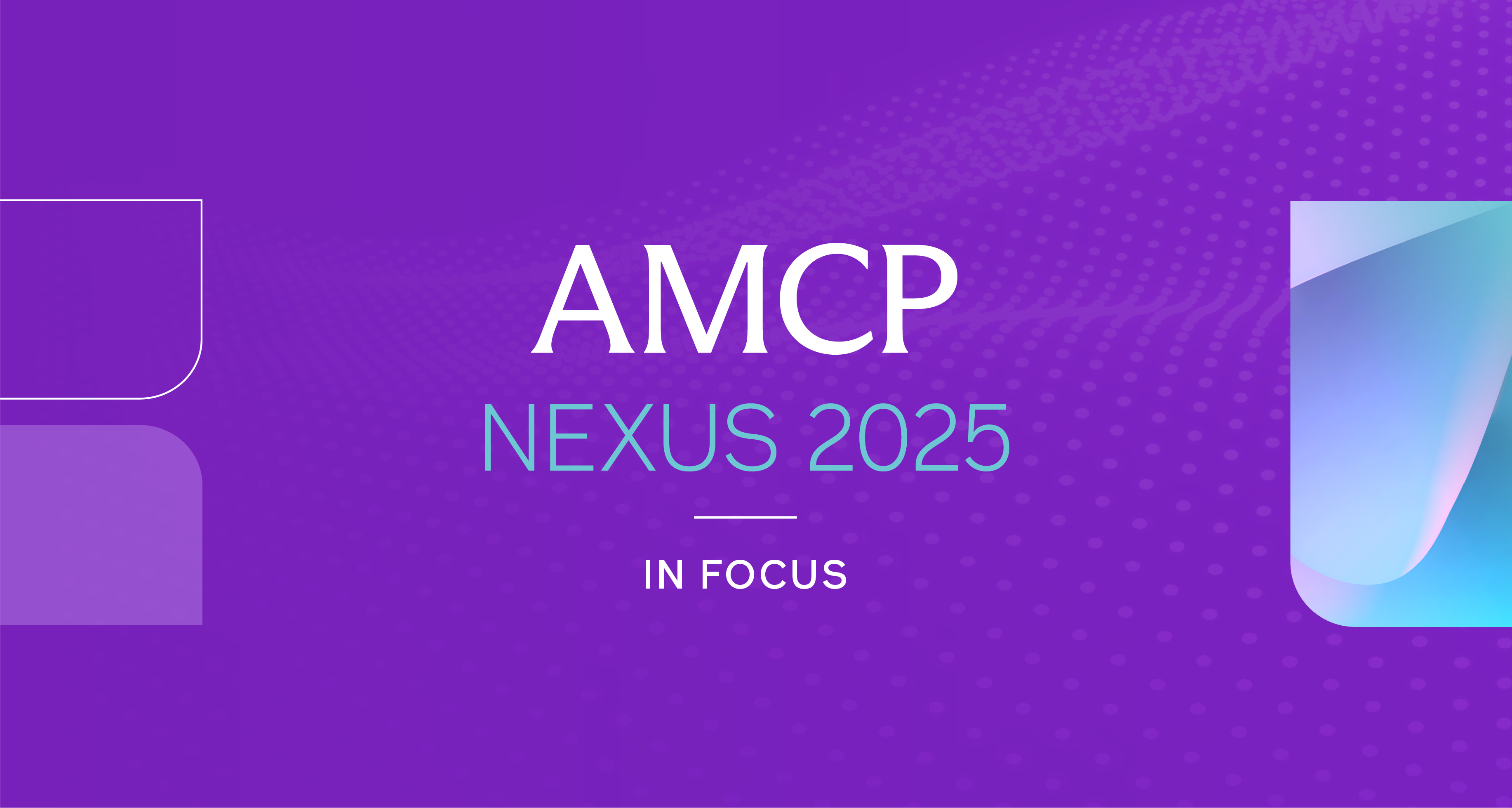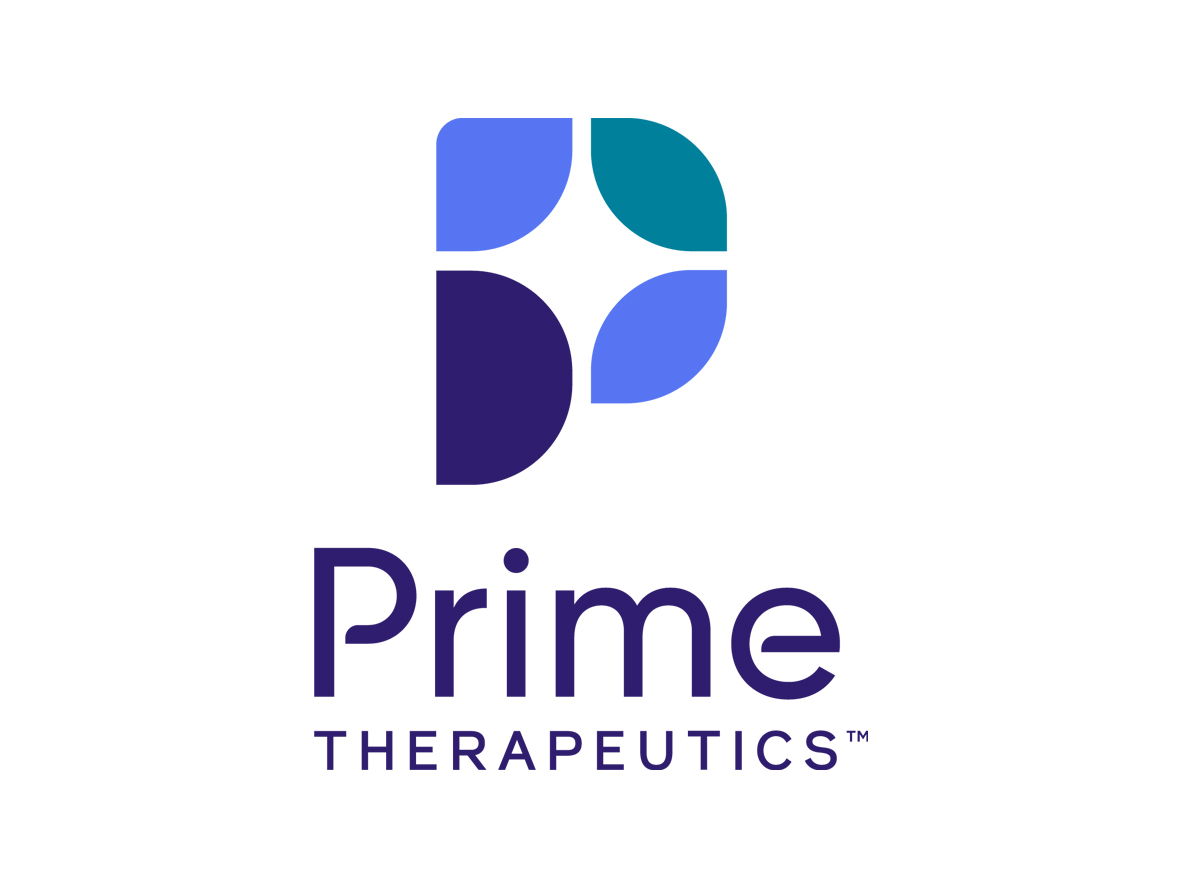AMCP Nexus 2025: What’s new in retinal therapies? Prime experts share anti-VEGF advancements - Prime Therapeutics
AMCP Nexus 2025: What’s new in retinal therapies? Prime experts share anti-VEGF advancements
As the efficacy and cost of these therapies become clear, so is the need for thoughtful managed care strategies, according to Prime Therapeutics thought leaders

Retinal diseases — or conditions impacting the light-sensitive layer of tissue at the back of the eye — are increasing in prevalence thanks to an aging population, rising diabetes rates, better diagnostics and increased awareness and screening.
A leading treatment, anti-VEGF (vascular endothelial growth factor) therapies, help block the VEGF protein to prevent growth of abnormal, leaky blood vessels that damage the retina and impair vision. These treatments are making a splash in headlines because of major innovations that could reduce treatment burden for those with conditions such as neovascular age-related macular degeneration (nAMD), diabetic macular edema (DME) and retinal vein occlusion (RVO).
At the Academy of Managed Care Pharmacy (AMCP) Nexus 2025 in National Harbor, Maryland, Prime Therapeutics (Prime) managed care leaders shared more about this evolving class of treatment with the educational session, “Innovations in retinal therapies: A managed care perspective on anti-VEGF advancements.” Michael Keiser, PharmD, MBA, director of specialty clinical solutions at Prime, joined Jordana Fein, M.D., M.S., partner physician at The Retina Group of Washington in Fairfax, Virginia, and assistant clinical professor of ophthalmology at Georgetown University School of Medicine in Washington, D.C., to share their insights.
The state of retinal diseases
NAMD, DME and RVO share a common underlying pathology: abnormal blood vessel growth and leakage in the eye. The prevalence of these conditions in the United States alone is staggering, with more than 20 million people suffering from AMD, 4.2 million adults with DME and another 1.7 million with RVO, according to expert presenters.
Intravitreal VEGF inhibitors are the most effective, first-line treatment of these conditions. Fein noted the administration of these drugs requires regular, provider-administered injections into the eye’s vitreous — a clear, gel-like substance that fills space between the lens and retina in the eye. This treatment carries risks and a high price tag and can cause access-to-care and adherence concerns.
However, there are many factors to consider when tailoring retinal treatments, Fein said. These include clinical aspects, such as how severe the disease is and the treatment plan; patient-related issues such as access to care and how well they can adhere to treatment; financial concerns such as insurance coverage, costs and prior authorizations; and other influences such as access to rehabilitation and smoking cessation programs, as smoking can exacerbate the impact of retinal diseases.
As Fein noted, she generally sees these factors mount among those patients who have been treated after two years, which can lead to disease relapse. This is where managed care pharmacy considerations enter the discussion.
A deep dive into the data
In 2024 and 2025, anti-VEGF treatments were the ninth highest category of per member per month (PMPM) medical spend, according to Keiser. But there’s a silver lining, Keiser explained, as continued real-world study among patients who pursue retinal therapy shows promising outcomes when they switch treatments. Keiser noted patients often experience few safety issues and stabilized visual acuity with early and consistent intervention.
Treat-and-extend programs, which are designed to maintain therapy with fewer visits for injections, can be successful and save health costs, Keiser said, but the risks of extending the time between therapy requires more careful management to avoid lapses in therapy.
Drug pipeline for retinal conditions
Both Keiser and Fein shared that the drug pipeline for retinal therapy is “exciting,” with promising treatments, including gene therapies, intravitreal inserts and other subcutaneous injection treatments.
The key will be continued study that, as Keiser explained, “can balance efficacy cost and access by applying evidenced-based strategies that minimize treatment discordance.”
Advancements in retinal therapies have been the topic of prior AMCP presentations, suggesting that interest, and excitement, around this topic will continue.
Stay tuned for more AMCP Nexus 2025 content throughout the week at the Prime newsroom.
About Prime Therapeutics

Prime Therapeutics LLC (Prime) is a diversified pharmacy solutions organization. We offer innovative pharmacy benefit management, specialty and medical drug management, and state government solutions to millions of people across the country. At Prime, we’re reimagining pharmacy solutions to provide the care we’d want for our loved ones. We challenge the way it’s always been done to develop intelligently designed solutions that deliver savings, simplicity and support to help people achieve better health. For more information, visit us at PrimeTherapeutics.com or follow us on LinkedIn.
